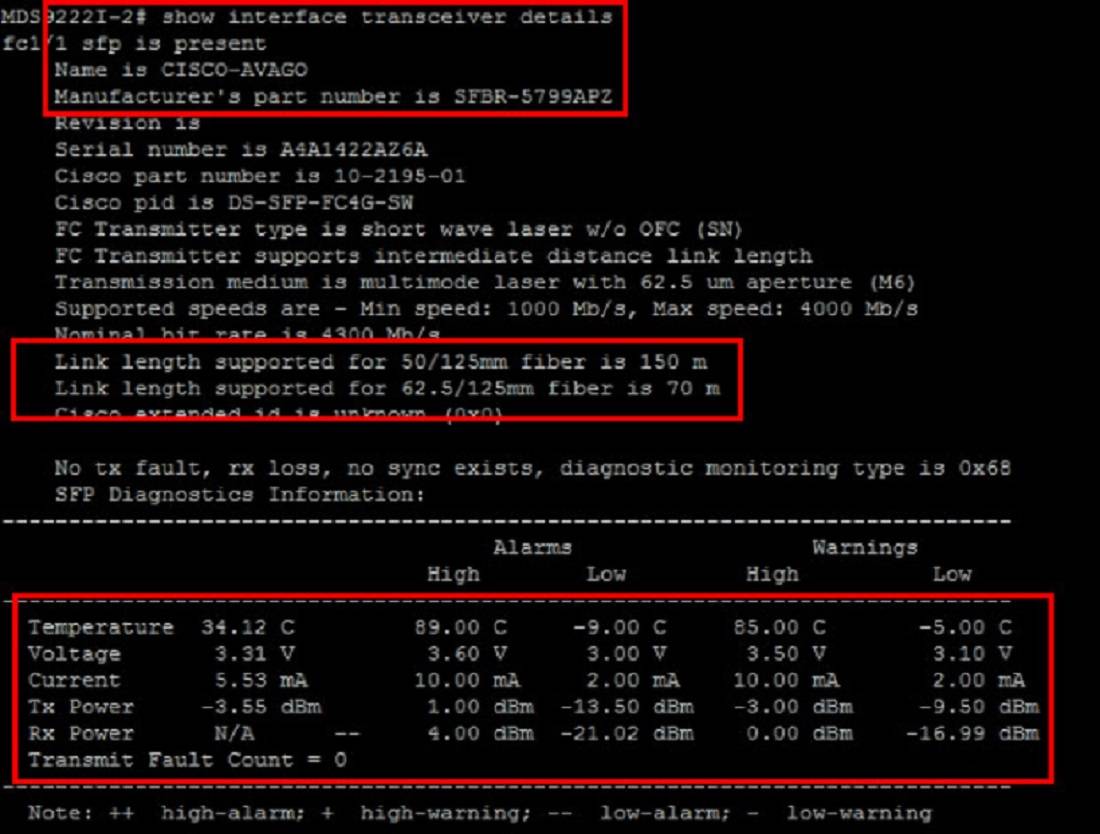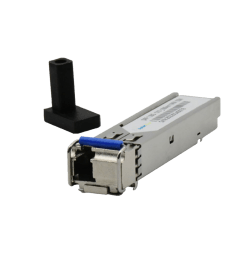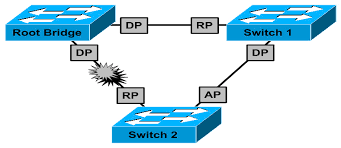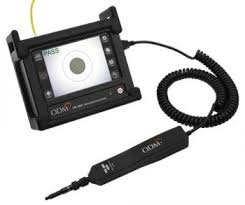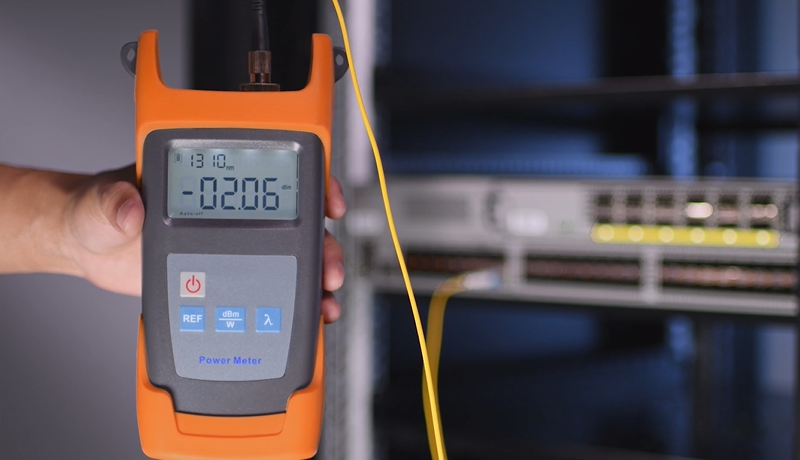SFP module test
SFP module power test
The SFP optical receiver is an active component of the system and hot-swappable (swapping or replacing without turning off the system) that provides fiber connection for the optical network. They support a variety of equipment such as Fiber Channel (FC) switches, SONET/SDH networks, Gigabit Ethernet, high-speed computer links, and CWDM and DWDM systems. The optical signal strength of SFP modules is an important parameter to ensure the performance and health of the communication. In this article, the method of measuring SFP module signals and how to check the optical signal strength of SFP module is presented.
SFP module power and its importance in communication
In general, the signal power of SFP module consists of two parts: Tx power and Rx power. The first one stands for the signal of transmission power or laser, and the second one stands for the signal of laser reception power. For a typical SFP transceiver, the Tx and Rx power values are defined in a certain range, in which the SFP transceiver can work normally. Take AR-GLC-SX-MM 1000BASE-SX SFP as an example, its laser power range is -3 to -9.5dBm and receiver power range is 0 to -17dBm. If either the Tx or Rx value is in the range of -30dBm or less, it means that no real signal is being sent or received.
The strength of the optical signals directly determines whether the systems can work normally or not. If the Rx power is not strong enough, there will be no signal in the optical fiber. That is why a high power transmitter and receiver or an optical amplifier is needed in long distance transmission. And if the Rx power is too high, the SFP module will be damaged. Therefore, a quality SFP transceiver ensures excellent connectivity.
SFP module optical signal strength measurement
In general, there are two common ways to measure optical power: milliwatts (mW) and dBm, which refers to one milliwatt for decibels of measured power. The former measures the optical signal strength by power, while the latter describes the signal strength by the absolute power value. Different manufacturers may choose one to describe the signal strength. For example, Cisco switches use dBm to measure power, while other switches use mW. Because the optical power is low, sometimes microwatts (μW) are also used by some switch manufacturers. Therefore, these two can be converted into each other.
(Indicating optical power in milliwatts) dBm=10*lgP
1mW = 1000µW
| microwatt | milliwatt | dBm | Description |
|---|---|---|---|
| 1.0 | 0.0010 | -30.00 | No signal |
| 10.0 | 0.0100 | -20 | |
| 25.1 | 0.0251 | -16 | 2Gbps minimum accept signal |
| 31.6 | 0.0316 | -15 | 4Gbps minimum accept signal |
| 50.0 | 0.0500 | -13.01 | |
| 100.0 | 0.1000 | -10.00 | 2Gbps minimum send signal |
| 125.9 | 0.1259 | -9.00 | 4Gbps minimum send signal |
| 150.0 | 0.1500 | -8.24 | |
| 200.0 | 0.2000 | -6.99 | Normal range of optical signal strength |
| 250.0 | 0.2500 | -6.02 | |
| 300.0 | 0.3000 | -5.23 | |
| 350.0 | 0.3500 | -4.26 | |
| 400.0 | 0.4000 | -3.98 |
Note: optical signals are weakened during transmission. To ensure the quality of transmission, network operators should also pay attention to the reception of SFP modules of the receiver. The range of acceptable light reception of some common modules is as follows:
Maximum acceptable signal reception of 8Gbps: -13.8dBm
Maximum acceptable signal reception of 4Gbps: -15.4dBm
Maximum acceptable signal reception 2Gbps: -18.2dBm
How to view the optical signal strength of the SFP module of the Cisco switch?
To determine if an SFP (transceiver) module is operating at the proper signal level, refer to the SFP Transceiver section. This information often shows important information such as fiber type (single mode or multimode), transmitter output power range and optical receiving power range, etc., which is important.
In addition, some switches such as Cisco and Brocade SAN switches, Mikrotik offers users to view the details of SFP modules including SFP type, serial number, year of manufacture, optical signal strength / transmission. The following images show the detailed results of the SFP module in Cisco switches.
Fiber optic module test
Production of optical fiber modules in Iran

